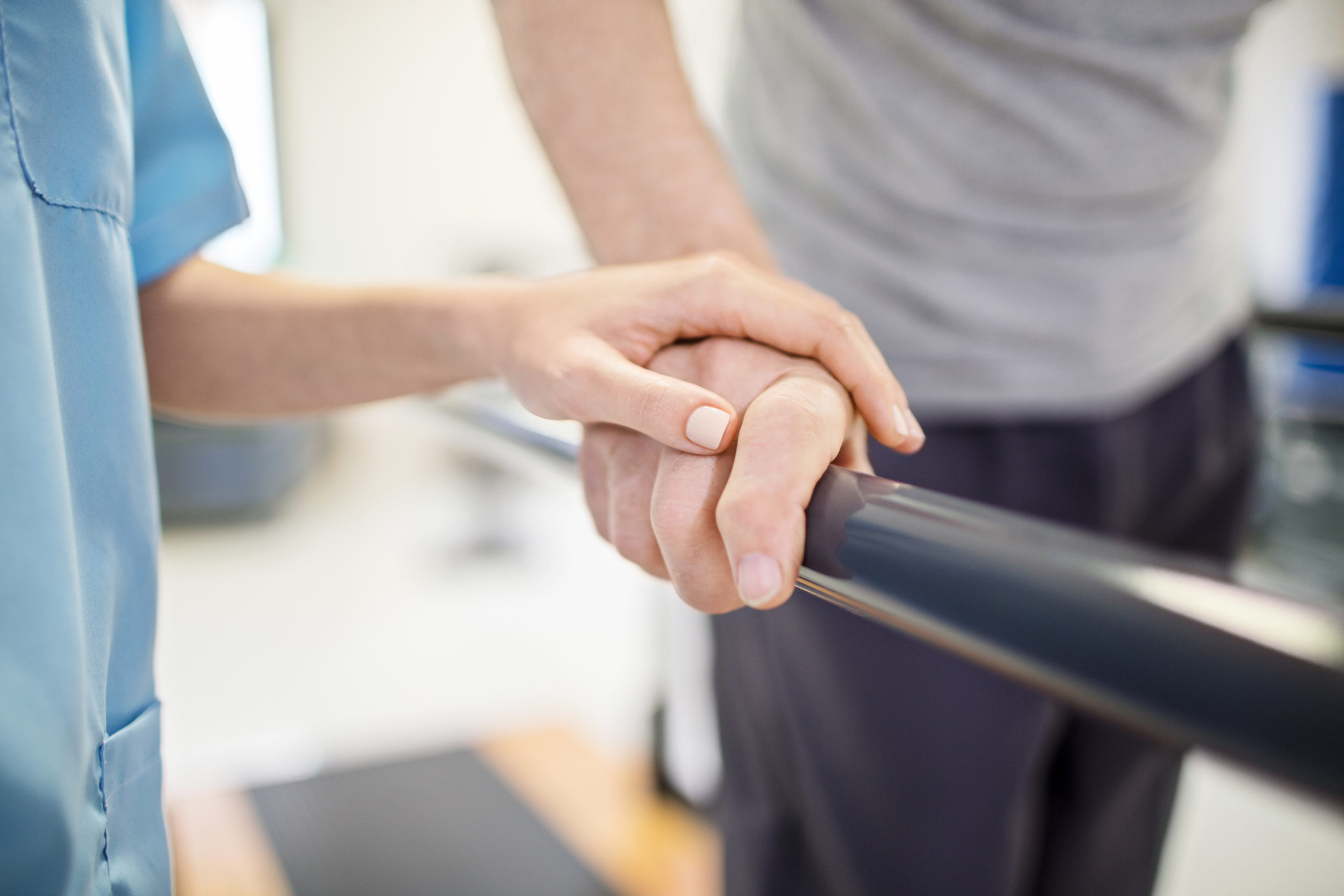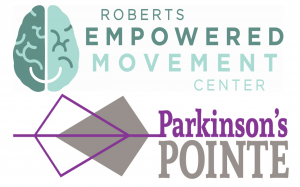Written By: Meredith Roberts Lo, DPT
 Dystonia and Dyskinesia; two D words that are every therapist’s worst nightmare. These two movement disorder symptoms can be extremely frustrating for both the therapist and the patient. Have no fear, there are some tips and tricks that we can use to help our patients manage these symptoms and improve their balance, gait and quality of life.
Dystonia and Dyskinesia; two D words that are every therapist’s worst nightmare. These two movement disorder symptoms can be extremely frustrating for both the therapist and the patient. Have no fear, there are some tips and tricks that we can use to help our patients manage these symptoms and improve their balance, gait and quality of life.
First let’s start with the difference between the two as they are often confused. Dystonia is an abnormal twisting of the muscle and it holds its resting tone at a higher level. Dystonia can be the primary diagnosis or secondary to another disease such as Parkinsons. For people with Parkinsons it is most commonly seen in the foot. Dyskinesia is an overshooting and undershooting of movement and in the person with Parkinsons looks like extra movement.
How can you tell the difference between the two or teach your patient to know the difference? Dyskinesia is often the extra movement that occurs when a patient is “on” or too “on” their Parkinson’s medication. Dystonia is often the foot cramping or toe curling that accompanies an off state or wearing off. It is often exacerbated by more challenging balance tasks such as standing on foam or an incline. Here we can see the patient actively gripping the floor.
How can we help our patients?
 Dystonia doesn’t like extension and abduction. So if we are dealing with toe curling have the patient focus on lifting and spreading their toes and gently resting them back onto the floor as a reset. Rhythmic rocking in weight bearing will also reset the system. The use of toe spreaders that can be worn inside the shoe are helpful for creating abduction and a neutral toe position throughout the day. Just start with a wear schedule and work up to all day as needed. Next, visual imagery is helpful during gait. Pretending to make perfect footprints in the sand for a Facebook photo, spreading toes as they move from stance to toe off, helps normalize the gait pattern. Other external focus of awareness cues that focus on extension and toe off can be helpful including “show me the sticker on your heel as you walk away”. A simple pass of an object like a bean bag from hand to hand while completing other activities that trigger foot dystonia also helps reduce toe curling and griping of the floor. Patients can also talk with their movement disorder specialist about medication management and botox injections depending on the severity.
Dystonia doesn’t like extension and abduction. So if we are dealing with toe curling have the patient focus on lifting and spreading their toes and gently resting them back onto the floor as a reset. Rhythmic rocking in weight bearing will also reset the system. The use of toe spreaders that can be worn inside the shoe are helpful for creating abduction and a neutral toe position throughout the day. Just start with a wear schedule and work up to all day as needed. Next, visual imagery is helpful during gait. Pretending to make perfect footprints in the sand for a Facebook photo, spreading toes as they move from stance to toe off, helps normalize the gait pattern. Other external focus of awareness cues that focus on extension and toe off can be helpful including “show me the sticker on your heel as you walk away”. A simple pass of an object like a bean bag from hand to hand while completing other activities that trigger foot dystonia also helps reduce toe curling and griping of the floor. Patients can also talk with their movement disorder specialist about medication management and botox injections depending on the severity.
Dyskinesia can be a little trickier to manage. Referring the patient back to their movement disorder specialist for medication management is a great place to start. Then in therapy teaching them gaze stabilization or spotting techniques with their gaze while they are walking, turning, standing or attempting to maintain their balance helps significantly. Further up training of the visual and vestibular system will help the patient continue to maintain their balance. In addition, one to two pound ankle weights or use of sensory reweighting at the trunk can be very helpful.
These tips are a great place to start when dystonia and dyskinesia are symptoms of your patient’s Parkinsons. Join us for our Non-CE Webinar, Dystonia and Dyskinesia, where we go more in-depth on treating and understanding the dreaded Ds.
 Written by: Meredith Roberts Lo, DPT
Written by: Meredith Roberts Lo, DPT
Founder of Roberts Empowered Movement Center and Parkinsons Pointe in Denver, CO
Meredith@RobertsEmpoweredMovement.com
Explore online continuing education courses from Meredith below:
Evidence-Based Techniques to Build Your Parkinsons Disease Toolbox
Optimizing Balance and Motor Control in Geriatric and Neurological Patients
Implementing an Exercise-Based Approach to Treat Progressive Neurological Diagnoses

Good cueing suggestions! Thanks!